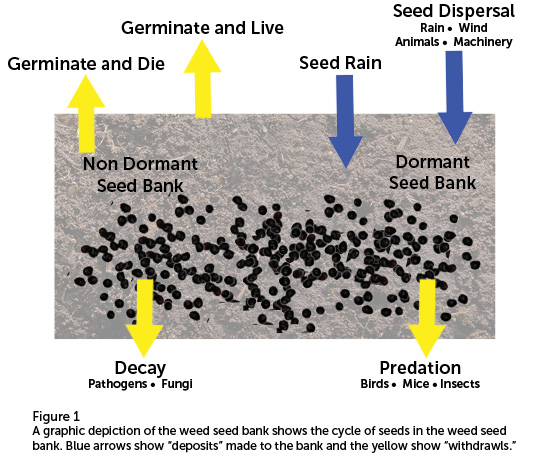Seed Treatments: Sensible Investment
Seed treatment fungicides of various crops can be useful tools for getting stands established and assuring seedling vigor, preserving yield potential, and preventing quality losses. If your grower-customers are returning land to crop production, these products and other practices are particularly critical.
A new publication from South Dakota State University (SDSU), “Managing crop disease with seed treatments,” summarizes labels for the many seed treatment products that are available for corn, soybeans, small grains, sunflowers, and legumes.
“Seed treatments are a sensible investment to get crops started off on the right foot, or rather, root,” says Larry Osborne, SDSU Extension plant pathologist. He adds that they can be especially valuable in disease-prone soils and newly opened land, such as Conservation Reserve Program acres that are being returned to crop production.
Kay Ruden, SDSU research/Extension associate, adds that seed treatments are only one component necessary for effective disease management, and producers should also use crop rotation; residue and volunteer management; high quality, disease-free seed; careful variety selection; proper plant health management; and judicious use of plant protectant products such as herbicides, insecticides, and fungicides.
(Source: South Dakota State University)






